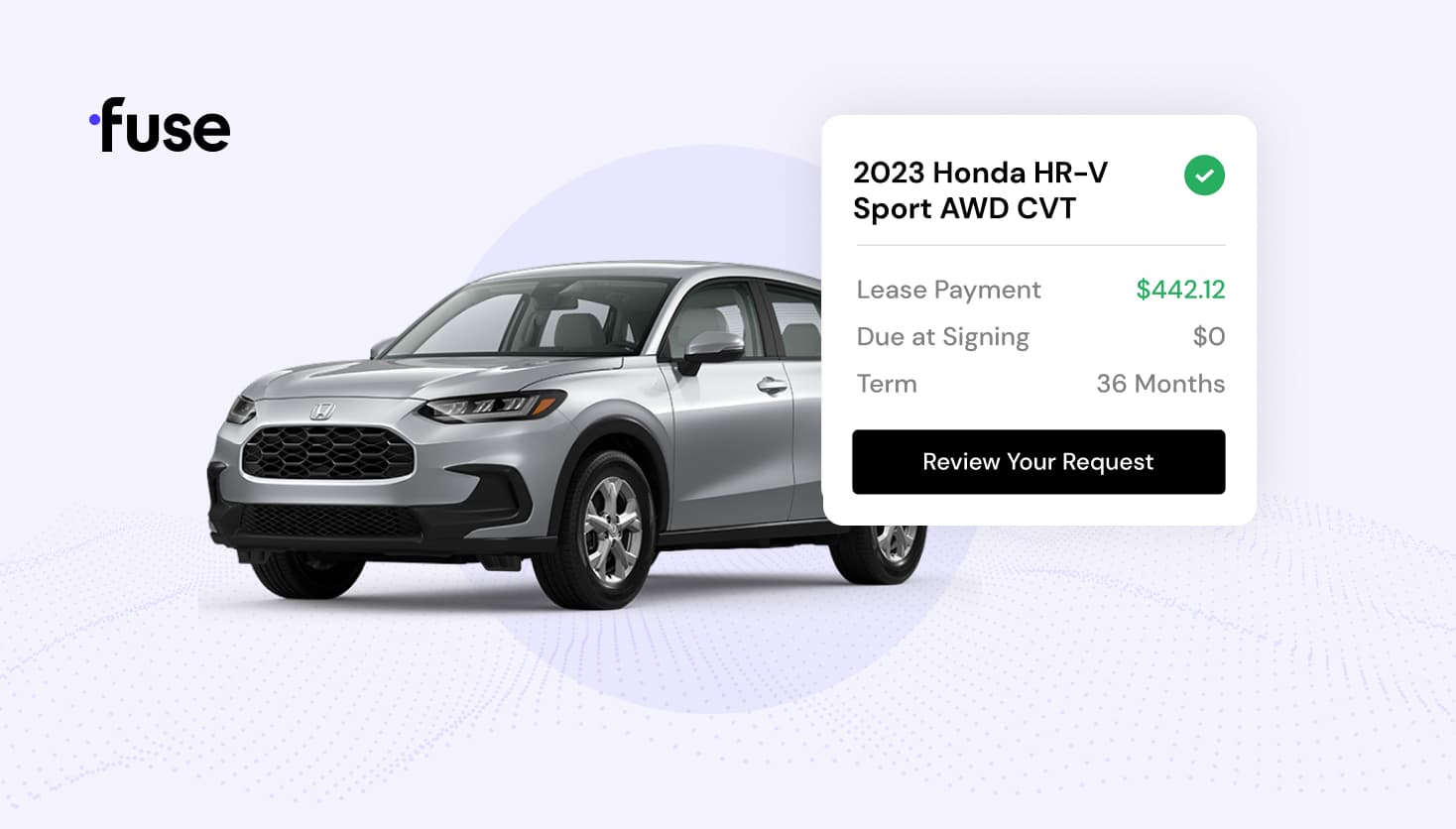Thursday, September 23rd at 11:00 AM ET
Nulla ut nisl a tellus pretium efficitur
By: Fuse
11 minute read
Virtually every retail business has a point-of-sale system. Retailers – regardless of whether they are online or brick-and-mortar stores – need convenient, frictionless ways to transact and get paid.
Systems like Clover, Square, Shopify, and Toast have empowered businesses large and small to create better shopping (and paying) experiences. These software applications make transactions intuitive, transparent, and speedy. And, by giving customers control over the process, they help create trust.
The point of sale (POS) is the point at which a customer completes a transaction with a business. For retail businesses, the POS is typically the point at which the customer pays for their purchase. In a brick-and-mortar shop, this generally takes place as the customer hands over their money (whether it’s cash, card, or digital wallet).
For online businesses, the point of sale is similar — the customer enters their details, and payment is taken in exchange for goods or services.
The POS for car dealerships, however, is a little more complex. Unlike buying an off-the-shelf item in a shop, a customer can’t just pick a car they like and drive off into the sunset.
As a result, traditional dealerships usually have two points of sale:
Auto F&I is an essential part of the sales process — it’s the part that ensures a customer leaves the dealership having adhered to legal requirements and with the correct documents. However, this part of the sale can also slow things down, causing frustration and reducing customer satisfaction.
Download the Guide: Driving Dealership Customer Satisfaction and Profits with the Modern Retail Approach
4 Dealership Point-of-Sale Points of Friction
We can see that the F&I point of sale is vital but can be cumbersome — but how exactly does this dealership POS cause friction in the sales process?
In the traditional dealership business model, friction points can interfere with the smooth running of the POS.
First up, while visiting a dealership may have been the only way to buy a new car in the past, customers can now conduct research online and make decisions about purchases on the spot.
Having relevant and well laid-out information on your website is therefore essential. From financing options and payment terms to details as simple as a dealership’s contact details — these basics immediately build trust and engagement.
Customers want a seamless transition from finding what they want online to speaking with a salesperson to ultimately completing the purchase. If they find the vehicle they want but can’t call a member of your sales team to discuss any queries, this can create friction and lead them to search for another dealership.
Related Read: Dealership Conversion Rates: How Not to Waste Web Traffic
Friction Point #2. Negotiation
Unclear pricing and the need to haggle can also slow the path to a sale. Not only does it take time to reach an agreement, putting pressure on both parties, but it can also put some customers off.
While tough negotiators may be able to get the price they want, not everybody is comfortable with haggling. Generally, customers prefer a clear dealership pricing strategy that allows them to see what value they’re getting for their money.
Likewise, pushy sales techniques can be off putting. While encouraging a customer to upgrade or make that extra purchase might bring in more revenue in the short term, it may cause reluctance, slowing down the customer journey or even bringing it to a halt. What’s more, putting pressure on a customer may deter them from coming back to your dealership for future purchases.
Related Read: Auto Retailing: 5 Predictions for the Future
Friction Point #4. Multiple Points of Contact
In a brick-and-mortar shop, you’ll generally only interact with one salesperson at the till. However, a traditional car dealership will often pass customers from one department to another to reach the point of sale. One employee may show them around the lot while another processes the vehicle purchase, and someone else handles F&I. This can be further complicated when you add an online service into the mix.
From repeated information to time spent waiting to speak to different departments, multiple points of contact can slow down the sales journey and create friction.
In order to alleviate this friction from the customer experience, many modern dealers are adopting automotive POS software.
Much like the POS system used by restaurant staff, car dealership POS software is mobile and can be managed by one person, reducing the need to have multiple points of contact.
It can help smooth the transition from showroom to desk, providing a more convenient and efficient way for salespeople to handle car deals. Additionally, it helps to create a better experience for customers by allowing them to work with one salesperson directly rather than having to go through an intermediary.
Related Read: Dealership Customer Service: The Secret to Repeat Customers
3 Benefits of Alleviating Friction at the Car Dealer Point of Sale
Why is it so crucial to reduce friction at the dealership point of sale? Creating a smooth and efficient sales process is invaluable when growing a car dealership business for several reasons.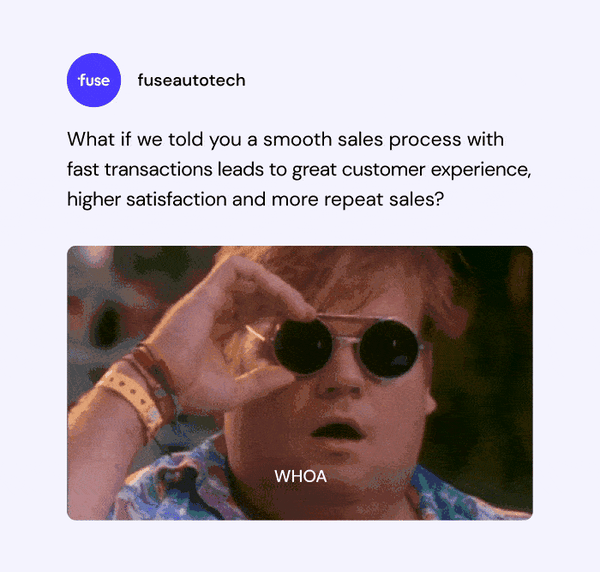
A fruitful sale is about more than completing a single transaction. The most successful dealerships build trusting relationships with their customers. Not only does this create a more pleasant experience for all involved, but it also increases the likelihood of that customer returning and doing business with you in the future.
Perhaps the most quantifiable benefit here is a frictionless journey to the POS, which is good news for both customers and dealerships. A long, drawn-out sales process is not good for time management. Improving the efficiency of your systems allows you to make more sales on any given day.
Saving time is beneficial in another way too: it creates a better customer experience. This, in itself, has a positive domino effect — customers don’t want to hang around at dealerships, so R. Happy customers are also likely to recommend your dealership to others.
Related Read: The History of Automotive Retail and a Guide to the Dealership of the Future
What Is a Car Dealership Point-of-Sale (POS) System?
Until now, dealerships have had to use several software systems to sell a car. Multiple systems cause confusion, are less transparent, and are more prone to errors. It’s difficult to give customers control and build trust when they are moved from office to office and application to application.
In excess of 90% of car sales happen in the dealership. It shouldn't take three or more hours to buy a car. Isn't it time we fixed the in-store process?
To be a true point-of-sale (POS) system for car dealerships, a solution must be:
Fuse Transact is a single-screen, cloud-based POS application for car dealerships that can be deployed on any computer or tablet to promote transparency, quicker transactions, and trust (by giving customers a measure of control). Here’s how:
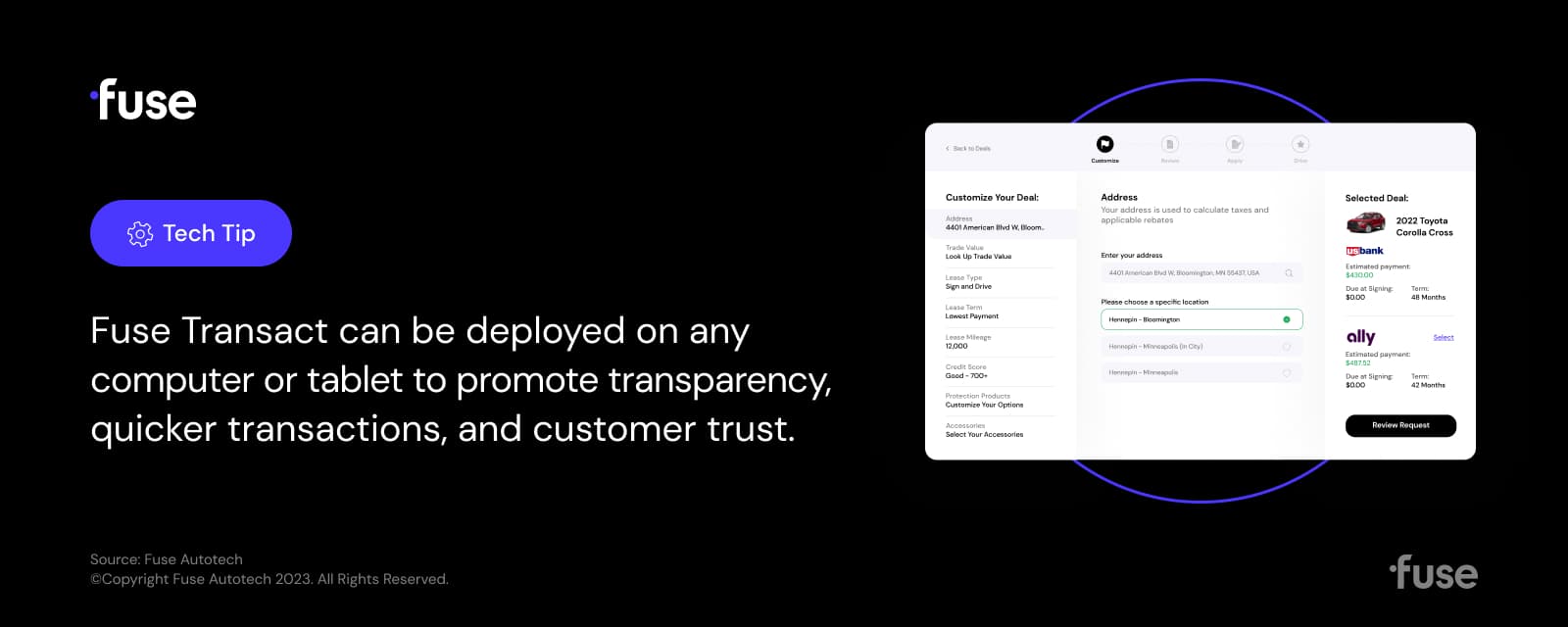
The best part is that, when Fuse Transact is combined with Fuse Dynamic Payments and Fuse Digital Retail, the suite of tools enables dealership customers to enjoy seamless experiences transitioning from online to in-store on through to sign and drive.
Of course, buying and selling a car will never be as simple as buying and selling a pack of gum or a slice of pie, but it can be easier, faster, and more transparent with Fuse. A bonus? Early adopters are discovering meaningful ways to build sustainable profitability and differentiate their dealerships based on customer experience.
Isn’t it time to make buying and selling a car easier?!
See How Fuse Transact Works: Watch the Video Now
Originally published July 2021. Updated March 2023.
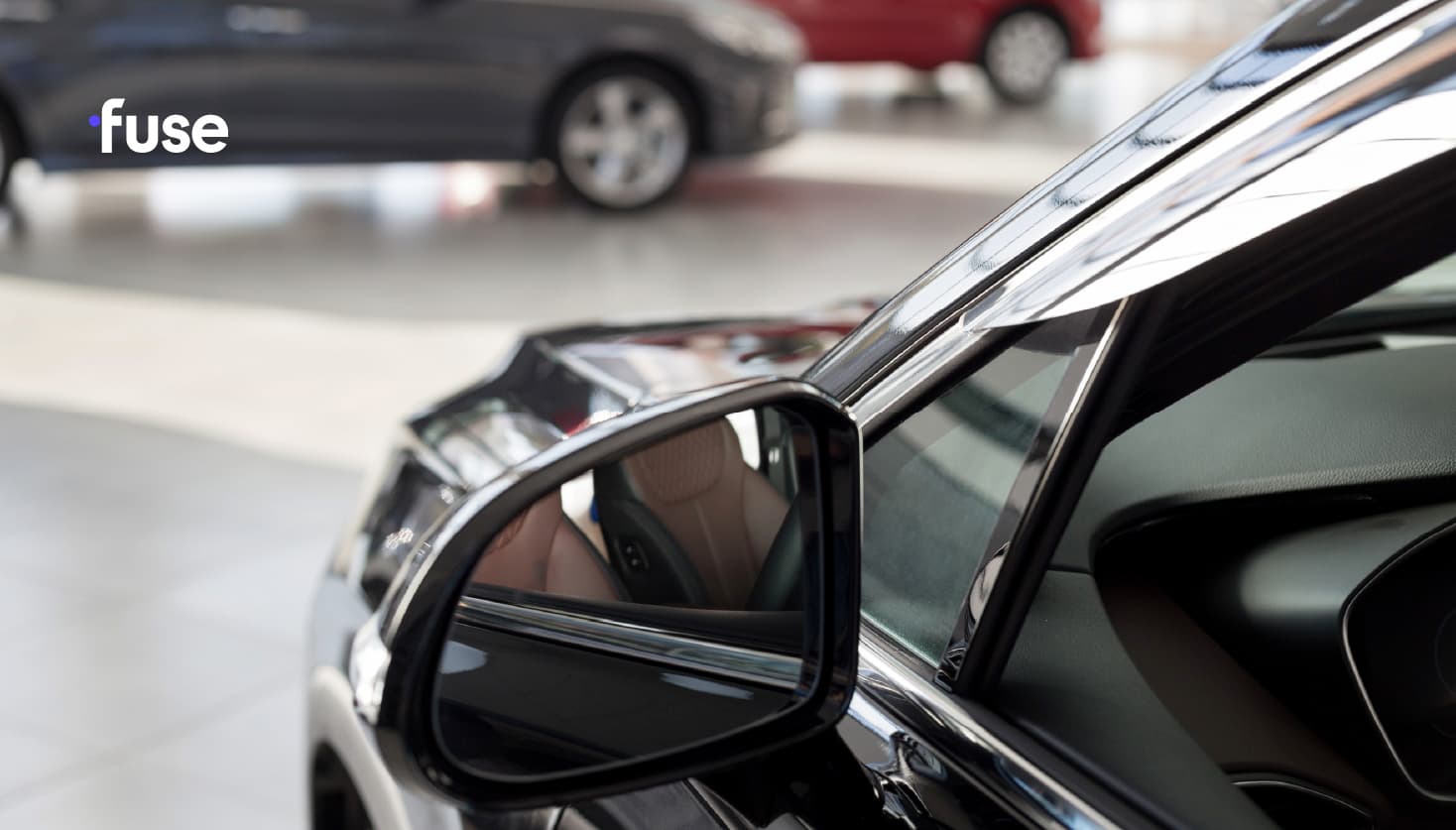
With retail automotive dealers coming off two years of record profits, now is the time to position your dealership for sustained profitability when the market inevitably normalizes. Let’s take a look...
News and Insights
9 min read
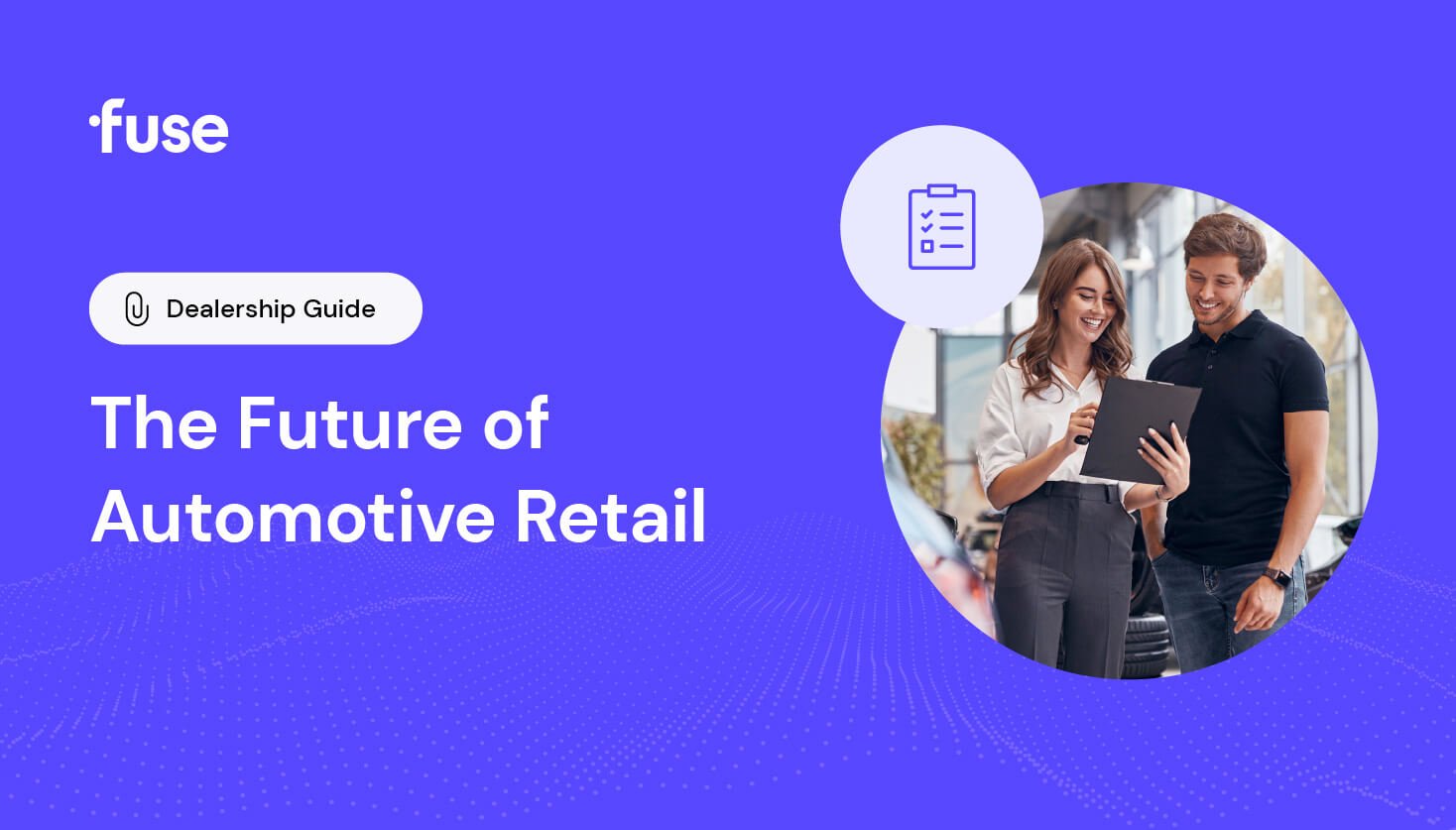
Today’s electric and hybrid cars appear nearly unrecognizable when compared to the first gas-powered car models created in the 1880s. The same cannot be said for the actual process of buying a...
News and Insights
10 min read
